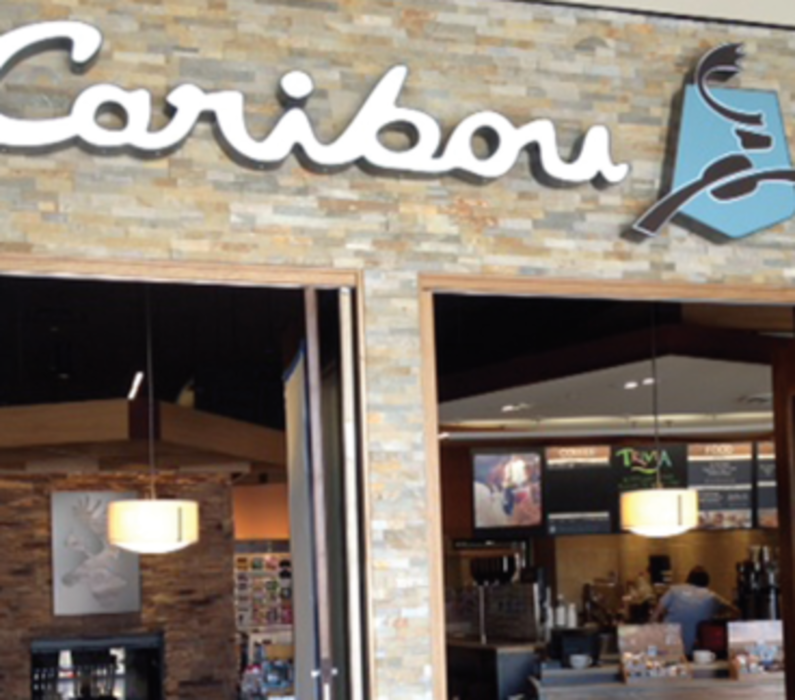Launching a loyalty program can be a latte of work. But building one based on consumer feedback and solid data creates the perfect blend.
Caribou Coffee launched its new loyalty program, Caribou Perks, on January 2. Michele Vig, VP of marketing for Caribou Coffee, says that the coffee chain had tested loyalty programs in the past, but decided to officially launch Caribou Perks based on consumer demand, as well as on quantitative and qualitative research.
The coffee shop cooked up the right recipe for its loyalty program after launching a nine-month pilot program back in April, Vig says. During the pilot Caribou Coffee hosted an online listening panel and distributed questionnaires featuring different “scenarios” of what its loyalty program could look like. The brand also experimented with different incentives to get people to enroll, selecting the incentive that achieved the highest engagement—a free medium beverage when customers complete an online profile—for the program’s official launch.
“[The loyalty program] was something we spent a lot of time designing,” Vig says, “and we had a lot of consumer research, both quantitative and qualitative, to help guide us to what our customers wanted, which is probably the reason for such high success in the pilot.”
Get with the program
There are two ways customers can enroll in the loyalty program. The first way is to text “ENROLL” to a number featured on in-store signage. This method allows the coffee company to look up customers’ loyalty accounts by phone number. A response text prompts customers to provide their email addresses and visit the loyalty programs website, caribouperks.com, to complete a profile. When filling out a profile, customers must provide their address, birthday, gender, name, and phone number to receive rewards. They can answer additional questions to earn a complimentary medium beverage. These additional questions dive deeper into customers’ demographic, preference, purchase, attitudinal, and behavioral information.
Customers can also enroll in Caribou Perks by using the store’s loyalty cards, which are actually Caribou Coffee gift cards, in-store and then filling out their online profile. Caribou Coffee decided to provide gift cards after learning that many customers like to pay with them to receive rewards simultaneously, Vig says.
However, Caribou Coffee’s research shows that customers are also visiting other coffee shops. So the brand had to distinguish its loyalty program from those of competitors, such as Starbucks. One way Caribou Coffee was able to differentiate its program was by offering customers “surprise and delight” rewards. Unlike the My Starbucks Rewards program that explains what benefits customers get at each rewards level, Caribou Perks doesn’t reveal what bonuses customers get. Customers are notified that they’ve received a reward via text or email and then have seven days to redeem it.
“The more that they engage with the brand, the more perks they’ll get,” Vig explains. “It allows us the flexibility to really tailor our message. So, if we start to learn that more early morning coffee drinkers would like this kind of reward, we can modify the program and do that.”
Within the first week of launching Caribou Perks, 75,000 people, 8% of the brand’s customers, enrolled in the program. But Caribou Coffee isn’t stopping there. Vig says that the coffee purveyor has only rolled out the first phase of its loyalty program and plans on making it more robust, such as by allowing customers to share their rewards with others. Additionally, Caribou Perks eventually will be connected to a centralized database so the brand can customize customers’ rewards based on insight like an individual’s purchase data, Vig says.
Caribou Coffee will also be working on a customer insights plan throughout 2014 to test new rewards and promotions. Trial and error, Vig says, is a pillar of Caribou Coffee’s philosophy. “You have to try,” she says. “Sometimes you fail, and you have to learn quickly and try something else.”








